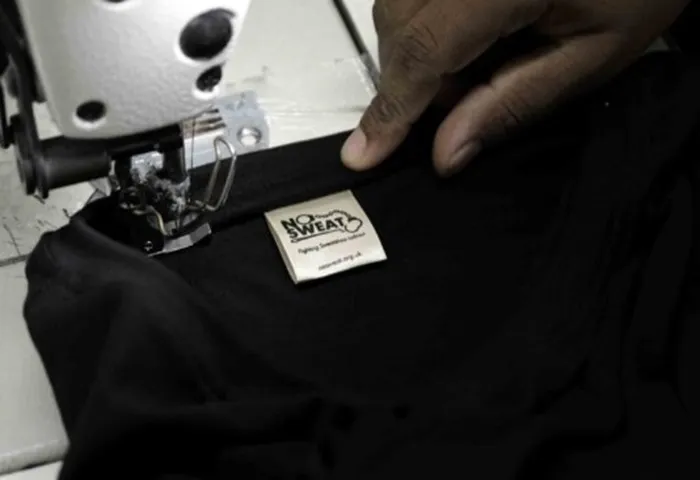The garment industry, a colossal sector with projected global revenues of USD 1.79 trillion by March 2024, continues to face scrutiny over worker mistreatment despite its impressive growth. Analysts forecast a 2.81 percent annual growth rate for the industry through 2028. However, this expansion does not mitigate the widespread exploitation of garment workers.
A 2022 report by the International Labour Organization (ILO) reveals that Asia, which houses over 60 million garment workers, experiences severe issues related to poor working conditions, inadequate occupational health and safety, and fundamental rights violations. Despite some workers receiving what might be considered adequate pay, these systemic issues persist.
Women, who constitute nearly 60 percent of the global garment workforce, face additional challenges, including significant gender pay gaps, discrimination, harassment, and violence. Their grievances often remain unaddressed.
Further complicating the situation, a 2022 report by the U.S. Department of Labor links garment production to forced and child labor. The rise of fast fashion—characterized by its rapid production cycles and low costs—exacerbates these issues. Fast fashion’s labor-intensive nature and environmental impact have drawn substantial criticism. Despite growing awareness, the fast fashion sector continues to thrive, with annual market growth rates reported at 9.45 percent and projections indicating significant increases in the coming years.
Efforts to address these challenges are gaining momentum, with international anti-sweatshop campaigns increasingly empowering trade unions and advocating for systemic changes within the industry.
Related Topics:
What Kind of Shirt to Wear with Linen Pants
What Shoes to Wear with White Pants
What to Wear with a Black Jumpsuit

